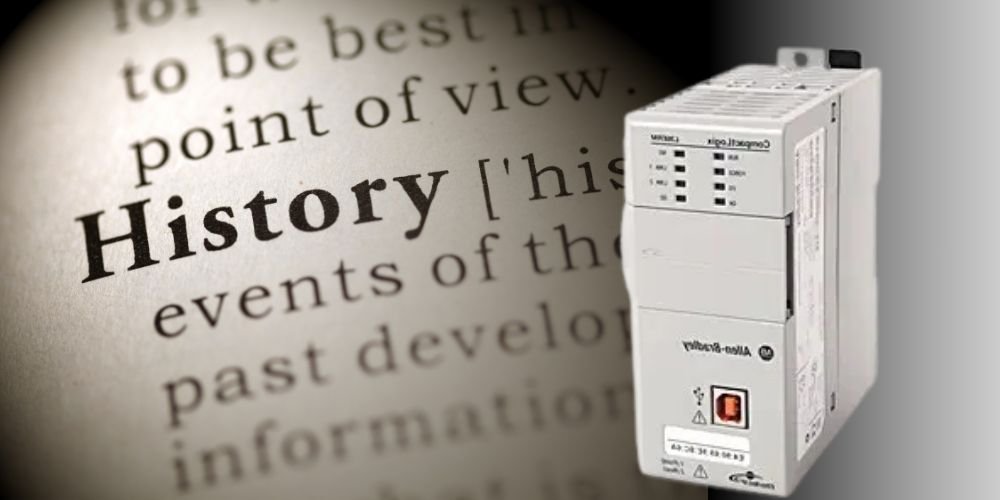The History of Programmable Logic Controller (PLC): From Relays to Digital Brains
In the world of industrial automation, the Programmable Logic Controller (PLC) is a game-changer. But behind its sleek modules and modern programming interfaces lies a fascinating evolution. The history of programmable logic controller technology is deeply intertwined with the demands of modern manufacturing, starting from a time when processes were controlled by hardwired relays and timers. This blog takes you on a journey through the history of PLC, exploring how it started, why it was invented, and how it has transformed the industrial landscape. Before PLCs, factories relied on relay-based control systems. These systems were: As manufacturing became more complex, particularly in the automotive industry, these systems could no longer keep up. The need for a more flexible, programmable, and reliable control system led to the birth of the PLC. The history of programmable logic controller begins in 1968, when General Motors (GM) faced a challenge. Their Hydra-Matic division needed a better way to control their automated machines for car production. They issued a request for a new system that: Richard Morley, an engineer at Bedford Associates, took on the challenge and developed the first PLC, known as the Modicon 084. This event marked the beginning of a new era in industrial control, and Modicon (short for MOdular DIgital CONtroller) became the first commercially successful PLC. The history of PLC is not just about the technology—it’s about the transformation of industries. PLCs have made automation: They are now used in virtually every industry: The history of programmable logic controller technology mirrors the rise of Industry 4.0, where smart factories rely on intelligent systems for real-time decision-making. As automation continues to evolve, PLCs are adapting with new capabilities: The journey that began in 1968 is far from over. The history of PLC is still being written—with each innovation pushing automation boundaries further. Understanding the history of programmable logic controller technology gives us context for its capabilities and relevance today. From replacing mechanical relays to enabling smart factories, PLCs have revolutionized how industries function. Whether you're an engineer, student, or factory owner, appreciating the history of PLC can deepen your understanding of automation’s past—and prepare you for its future. The first PLC was invented by Richard Morley in 1968, and it was called the Modicon 084. PLCs were developed to replace complex and inflexible relay-based control systems in manufacturing environments. General Motors (GM) was the first company to implement PLCs in its automated production systems. PLCs have evolved from simple relay replacements to powerful, networked controllers with support for AI, cloud, and IoT. It helps understand how automation evolved and why PLCs are still the backbone of industrial control today.Why Was the PLC Invented?
The Birth of the First PLC: The 1960s
Key Milestones in the History of PLC
1968 – The First PLC (Modicon 084)
1970s – Widespread Adoption Begins
1980s – Microprocessor Revolution
1990s – Networking and Integration
2000s to Present – Smart Automation
Impact of PLCs on Industry
Evolution of PLC Features Over Time
Generation Key Features Relay replacement, basic logic control 2nd Generation Modular design, analog input/output, better memory 3rd Generation Integration with HMIs, SCADA, and network protocols 4th Generation Smart PLCs with Ethernet, cloud, mobile monitoring, and AI support The Future of PLCs
Conclusion: Why the History of Programmable Logic Controller Matters
FAQs on the History of PLC
Q1: Who invented the first PLC?
Q2: Why were PLCs invented?
Q3: What company first used PLCs?
Q4: How has PLC technology changed over time?
Q5: Why is the history of PLC important?
Related Blogs

